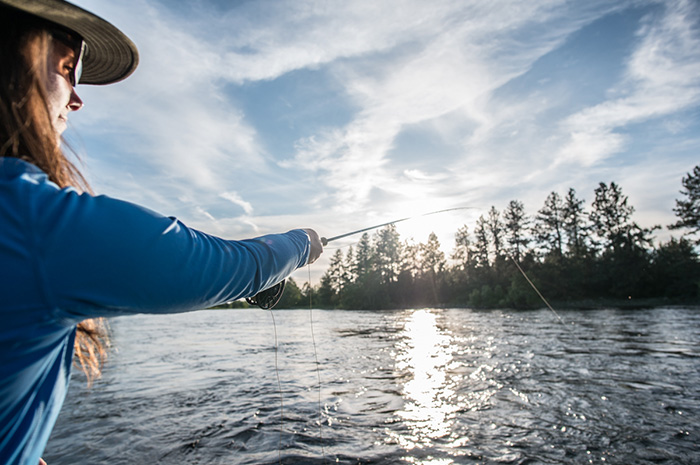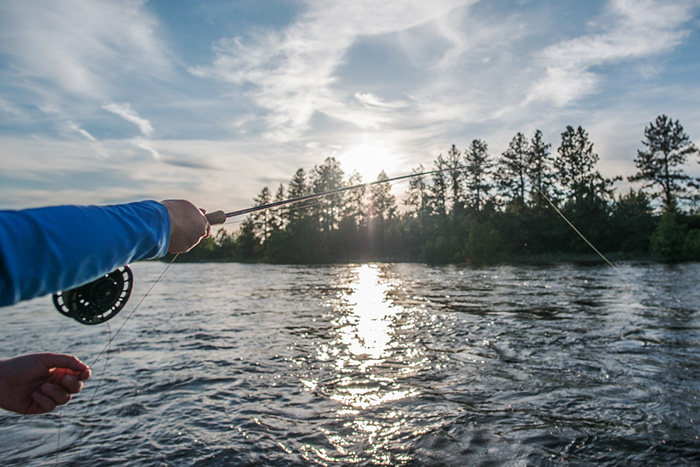Three Euro Learning Lessons
Sean Visintainer - 06/13/19

The smooth operator
Learning how to euro nymph has been an enlightening experience. This deadly tactic has opened up a whole new world of opportunities and fish catching possibilities. While more often than not catch rates can be considerably higher than traditional indicator tactics, but there are some days that the old bobber lobber won the numbers for various reasons. Deep soft water on an extra windy day usually was the pitfall of the euro on those days. Overall though, an amazing fish catching tool to have in the arsenal of tricks.
So what are three very important things that I've learned from throwing euro rigs around now since last summer?
- Get your leader tight quickly. Once that fly hits the water it's game on. These heavily weighted nymphs tied to thin fluorocarbon tippet sink incredibly fast. Often fish eat the fly as it's dropping into their zone so if there is any slack in your system upon entry in the water you can possibly missing strikes. A lot of anglers aren't ready when they make their first presentation and often bounce the rod, leader, and fly around introducing slack right away. Have your line ready, cast, and use your line hand (the one you aren't casting with) and manage your line to minimize slack instantly upon contact with the water.
- Minimize movements during the drift. Since you are so directly connected to your fly with a relatively tight line and leader, every inch you move the rod tip translates to an inch of movement on your fly. The more you bounce the rod around while you drift your fly through the spot the more you pull and yank the fly around in front of the fish. Flies don't act like yo-yos in the water column... think smooth movements with your rod, staying in contact with your fly at all times.
- Find the happy medium. What I mean is: fish at distances you can manage. If your line and fly are far away from you it can be hard to detect strikes and get the right angle to allow the flies to drop into the zone. The opposite of that is fishing too close. If your flies are right under your rod tip, you are probably fishing too close to yourself. Also, once your flies drift a ways below you it's time to recast. Remember, this isn't a bobber rig where you can get extra long "hero" drifts. Short, precise, and in control are the name of the game. Cover a chunk of water, then move up or down a few feet and cover the water again. Systematically covering the water while you are in control of your drift.

